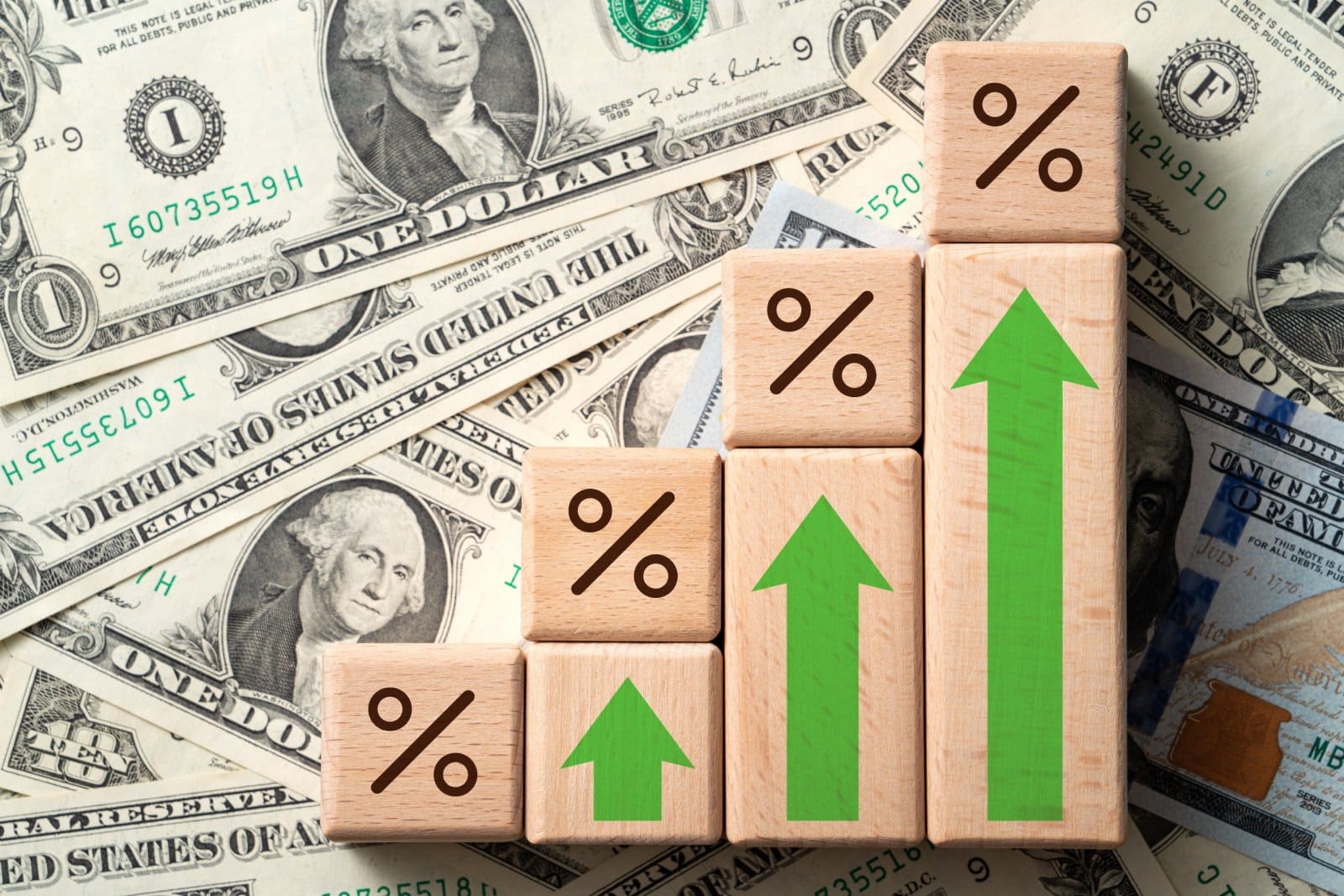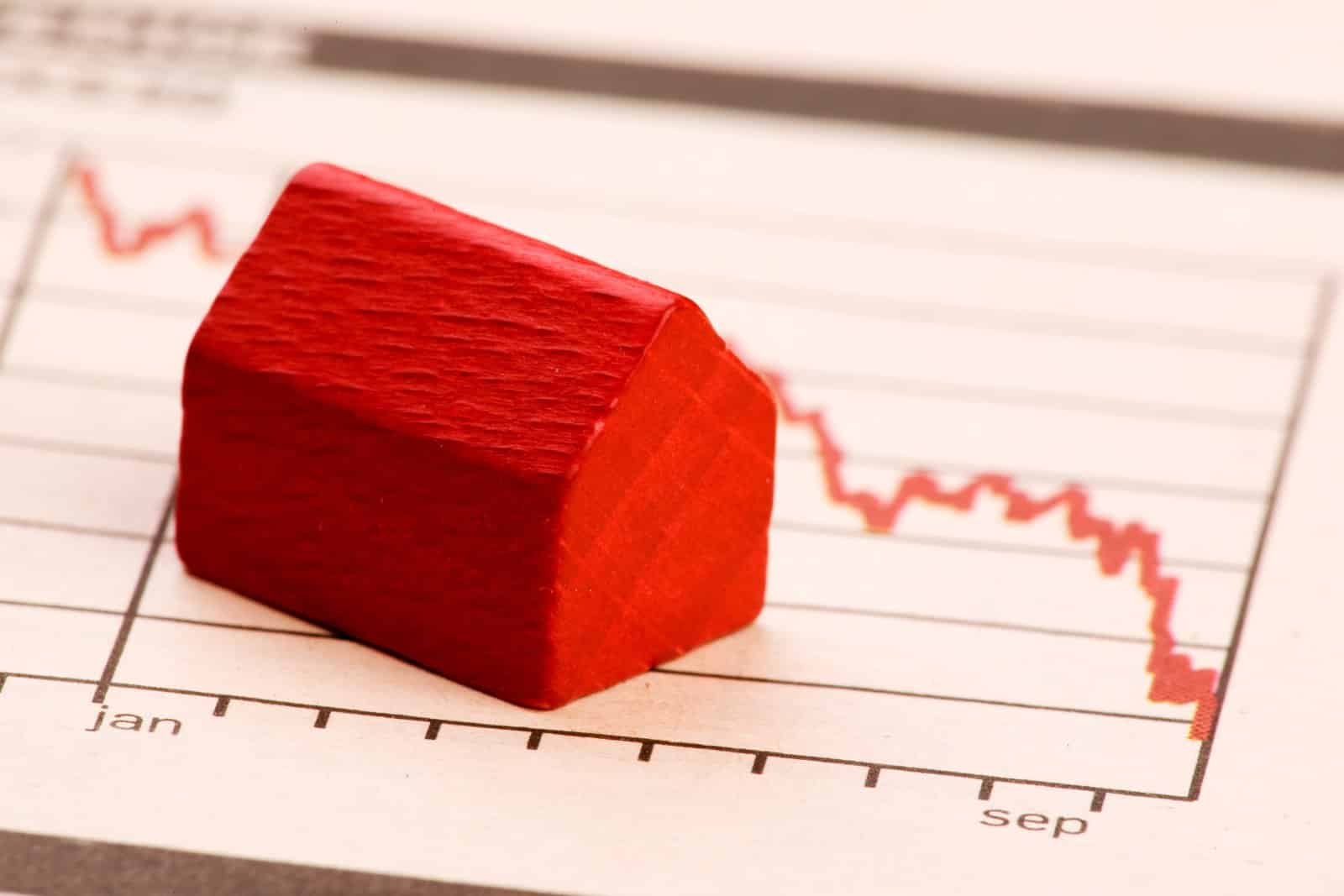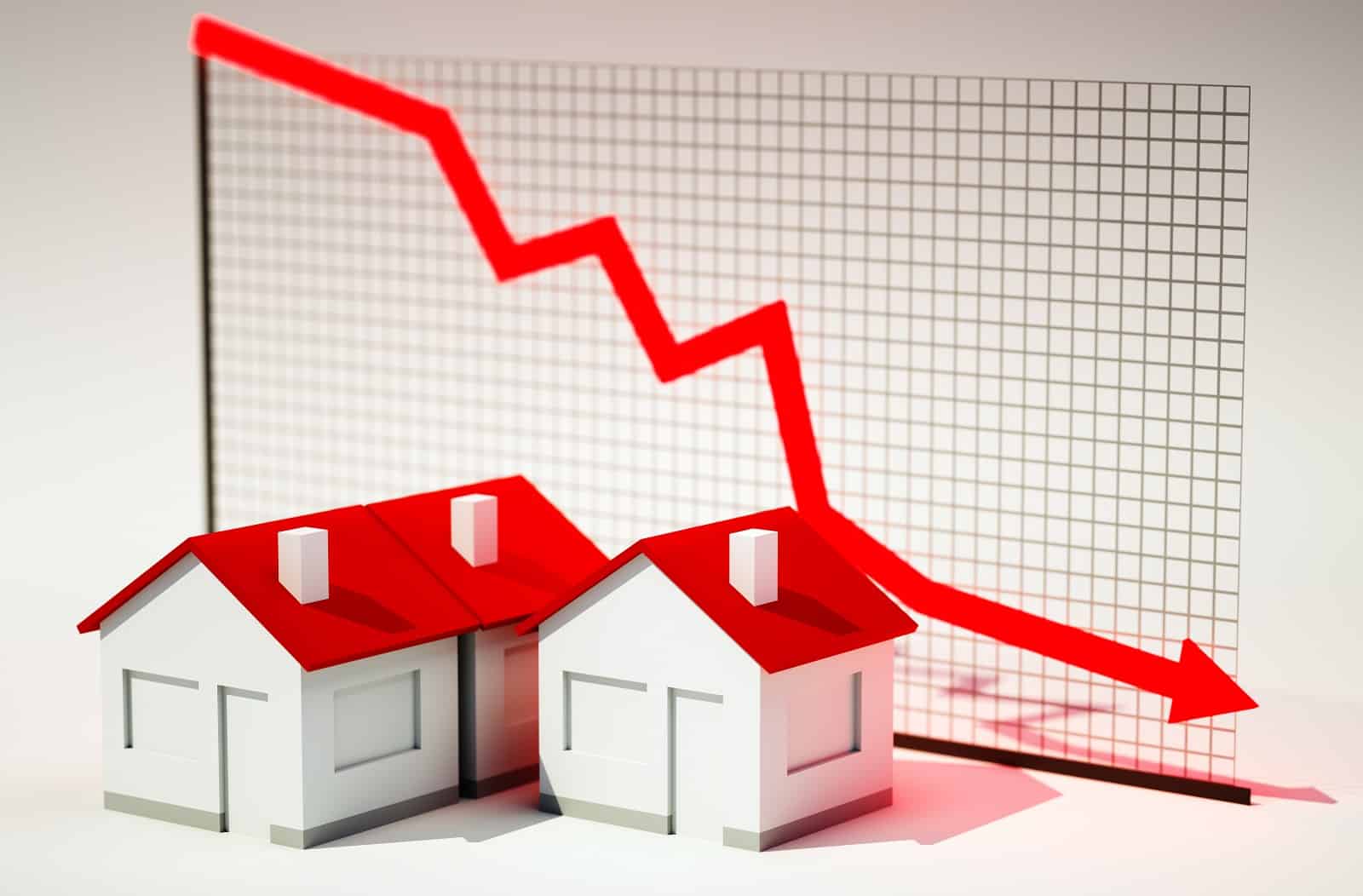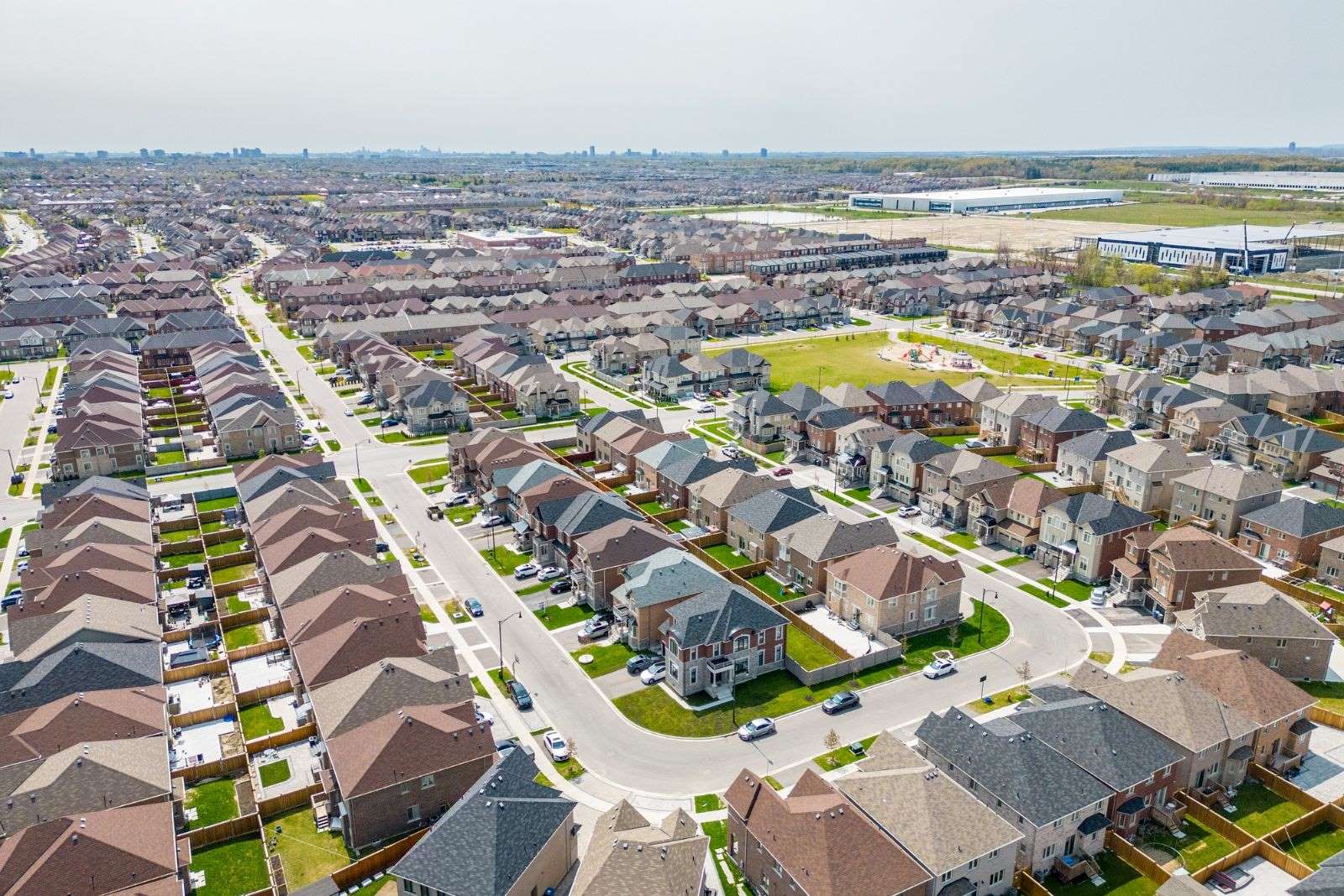The U.S. housing market is at a turning point. High mortgage rates mean prices might drop, giving buyers a chance to get their foot in the door. Meanwhile, sellers face new challenges as interest rates and the number of homes for sale change.
U.S. Housing Market Hits Rock Bottom

According to the CEO of real estate firm Redfin, the housing market has hit “rock bottom.”
Hope for Buyers

While these changing conditions bring hope for buyers, it continues to be a challenging period for homeowners and sellers.
Unyielding mortgage rates and an environment where price reductions are becoming increasingly common make things increasingly difficult.
Mortgage Rates at a Peak

Despite predictions of a decline in home prices, the market remains tough, with prices stabilizing or even increasing, largely due to the limited number of homes available for sale.
The climb in mortgage rates to a 20-year high has a greater impact on first-time buyers, who are finding the competition fierce against cash or equity-rich purchasers.
Current Interest Rates

The benchmark interest rate is currently at 5.50 percent, its highest in over two decades. And according to the Federal Reserve, this high suggests that the peak of the tightening cycle may have been reached.
Outlook on Interest Rates

The path forward for the housing market closely aligns with monetary policy adjustments. Decreased interest rates could significantly relieve current pressures, potentially reinvigorating buyer interest and energizing market activity.
Sellers Face New Realities

For years, sellers have enjoyed a market that favored rising home values, but the current conditions suggest a shift.
As buyers find more room to maneuver, sellers might see their advantages wane. This anticipated market adjustment suggests sellers may need to brace for a period where home values could begin to soften.
Surge in Median House Prices

In 2021, the median home price in the U.S. rose 16.9% to $346,900, marking a record increase. Forecasts indicate a slight adjustment to $380,000 by the end of 2023 after reaching a peak of $417,700 in the last quarter.
Signs of Inventory Improvement

A slight uptick in houses on the market offers a silver lining, providing some relief for some buyers. Although still below pre-pandemic levels, the increase in homes for sale hints at a market slowly moving toward balance.
Sellers also appear to be open to reducing their listing prices, indicating a responsiveness to buyer demands and market conditions.
Expectations of Price Adjustments

The trend of price reductions has been noted, with many homes seeing price drops, signaling a potential shift towards buyer advantage.
High-profile predictions suggest more price reductions are ahead, offering hope for prospective homeowners.
Dual Challenges for Buyers

Despite potential price drops, buyers are also dealing with high mortgage rates and escalating insurance costs influenced by climate change.
These escalating costs make homeownership more expensive, highlighting how market forces affect buyers.
Sellers’ Reluctance

The high interest environment has made current homeowners hesitant to sell as they attempt to hold on to their low-rate mortgages.
This hesitation weakens the housing supply, keeping prices high in a market that would otherwise see more significant adjustments.
Equity Considerations

Thanks to years of rising home values, homeowners are currently enjoying high equity levels.
However, a potential market shift could impact this positively trending equity, presenting a risk to sellers and homeowners alike as they consider the long-term value of their investments.
Insurance Impacts on Home Values

Increasing insurance premiums, a consequence of climate risks, may also affect future home valuations.
Relative adjustments in market prices have the potential to affect both current homeowners and those looking to sell, highlighting the broader implications of external factors on the housing market.
Changing Preferences Among Homebuyers

A significant new trend is the increased number of people considering relocation across the country, with 32.3% of Redfin.com users exploring these options.
This rise in mobility reflects a shift from pre-pandemic patterns. With more people able to work from home, housing demand favors suburban and rural areas.
Market Adjustments

Housing market changes affect both buyers and sellers alike. As the market finds a new equilibrium, opportunities for buyers are emerging, while sellers may need to adjust to a more competitive environment.
Adapting to Market Shifts

This adjustment phase in the housing market demands a different strategic approach from the past.
Opportunities for Buyers

Opportunities for buyers are increasing, while sellers might have to rethink their strategies to align with the changing dynamics of the market.
The post U.S. Housing Market Plummets to All-Time Low first appeared on Career Step Up.
Featured Image Credit: Shutterstock / Andy Dean Photography.
The content of this article is for informational purposes only and does not constitute or replace professional financial advice.

